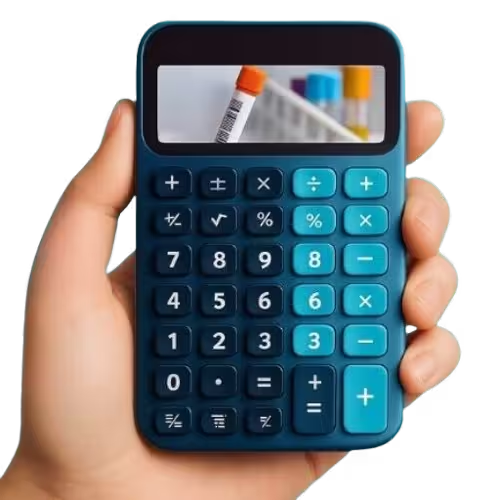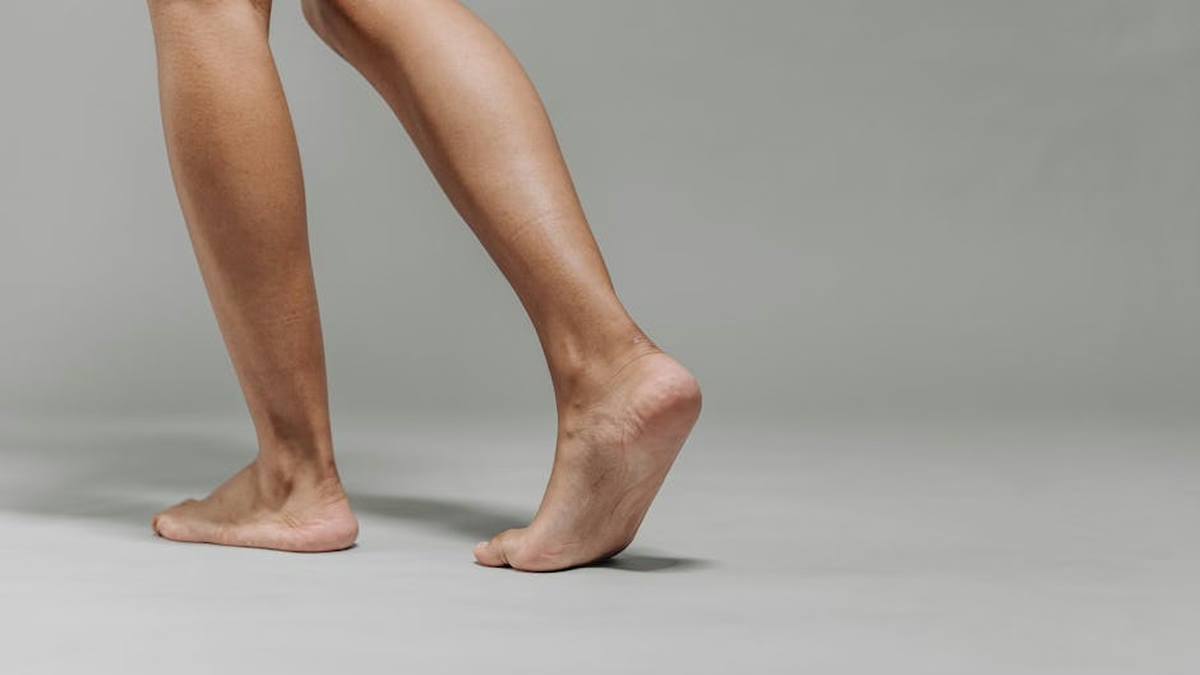Recovering from wisdom teeth removal takes care and patience. The food you eat plays a big role in how fast and how well you heal. Choosing the wrong foods can cause pain, bleeding, or even infection. To stay safe, avoid these foods until your mouth heals.
1. Hard and Crunchy Foods
Chips, nuts, popcorn, and crackers can break into sharp pieces. They can poke the healing area or get stuck in the socket. This may slow healing and increase pain.
2. Spicy Foods
Spices like chili, hot sauce, or peppers can burn your gums and irritate the wound. This can cause swelling or discomfort while your mouth is still sensitive.
3. Acidic Foods and Drinks
Citrus fruits, tomatoes, soda, and vinegar-based foods are very acidic. They can sting the surgical area and may cause inflammation.
4. Hot Foods and Drinks
Hot soup, tea, or coffee can dissolve the blood clot that forms in the socket. If that clot comes out, it can lead to a painful condition called “dry socket.” Always wait for food and drinks to cool before eating.
5. Sticky and Chewy Foods
Candy, caramel, and chewing gum stick to your teeth and gums. They can pull on the stitches or dislodge the clot, which slows healing.
6. Alcohol and Carbonated Drinks
Alcohol can delay healing and interact with pain medicine. Fizzy drinks release bubbles that may disturb the surgical site. Avoid both until your dentist says it’s safe.
Safer Choices Instead
Stick with soft, cool, and easy-to-chew foods:
- Yogurt
- Mashed potatoes
- Smoothies (without seeds)
- Applesauce
- Scrambled eggs
- Oatmeal
FAQs About Eating After Wisdom Teeth Removal
Can I eat ice cream after wisdom teeth removal?
Yes, you can eat soft ice cream. Cold food soothes swelling. But avoid cones, crunchy toppings, or very hard frozen ice cream. Stick to smooth, soft types.
Is soup safe to eat?
Yes, but only lukewarm or cool soup. Hot soup can break the blood clot and cause dry socket. Pureed soups are best in the first few days.
Can I drink soda after wisdom teeth removal?
No. Soda is acidic and fizzy. Both can irritate your gums and disturb healing. Choose plain water instead.
When can I eat normal food again?
Most people return to normal food after 7–10 days. Healing time varies, so follow your dentist’s advice. Start with soft foods and slowly add solid foods.
Can I use a straw for smoothies or drinks?
No. Using a straw creates suction, which may pull out the blood clot. Drink directly from a cup until your dentist says it’s safe.
Is bread okay to eat?
Soft bread is fine once you feel comfortable chewing. Avoid crusty or hard bread, as it can scratch the healing area.
What foods help healing the most?
Nutrient-rich soft foods like yogurt, smoothies, scrambled eggs, and mashed vegetables help your body recover faster.
Wellness Conclusion
Follow your dentist’s instructions closely. Avoid these risky foods until your mouth feels better and your dentist confirms it’s safe. Eating carefully helps you heal faster and keeps pain away.









4 thoughts on “Stop! Don’t Eat This After Wisdom Teeth Removal”
Comments are closed.